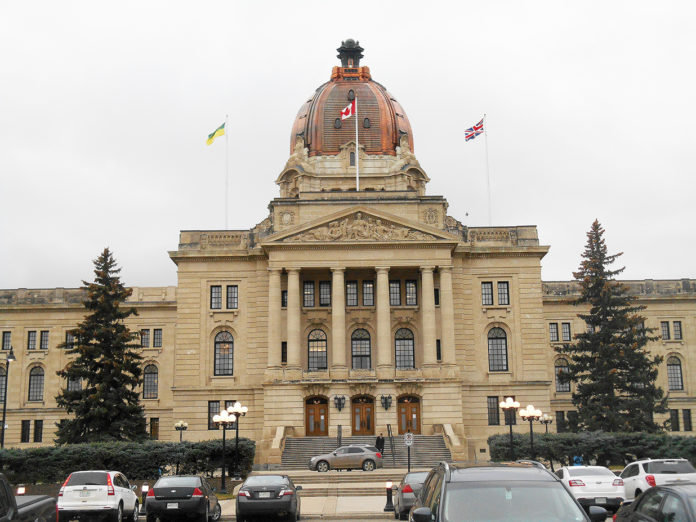Public accounts show lower deficit, but debt load increasing
An insurance windfall and stronger performance in the oil and potash sectors has helped the province perform better than budgeted during the 2017-18 fiscal year.
The first volume of the province’s public accounts, which details the government’s fiscal performance, was released on July 19, 2018.
The document shows a deficit of $303 million, which is $916 million less than the year prior, and $393 million lower than the budgeted deficit.
According to the report, that’s partly because of higher non-renewable resource revenues and a better-than-expected insurance performance.
Those gains were offset by higher-than-expected spending in health care and social services, and lower-than-expected transfers of money from the federal government.
As of March 31, 2018, Saskatchewan had an accumulated surplus of $176 million. The province had budgeted for a $324 million deficit.
Total revenue was lower than expected, falling $146 million, or one per cent, lower than expected, mostly due to falling income and corporate tax revenues. Individual income tax revenue fell due to lower-than-expected tax assessments, and corporate taxes fell due to lower resource prices.
The price of oil came in lower than the budget had predicted. The budget included an estimated average price of $55.30 per barrel. While production increased, as did the government’s resource surcharge and income from potash sales, the oil price averaged just $50.87 per barrel.
Income from insurance came in at $265 million, 231.6 per cent higher than budgeted. The report indicated that was due to higher-than-expected returns on investments and lower-than-expected insurance claims. Crop insurance claims were down compared to the budget, due to a stronger harvest.
The province’s net debt increased by $1.1 billion. That was mostly due to the $3.7 billion in capital spending. The debt-per-capita grew by about $1,000 per person during the 2017-18 fiscal year. Still, debt charges as a percentage of total revenue remained flat at four per cent.
While the province did receive less money from the federal government as compared to last year, Saskatchewan had benefitted from a one-time payout in 2016-17 for taking over federal dams.
At 17.3 per cent of its total income, the percentage of revenue from federal transfers was at the second highest level since 2009.


